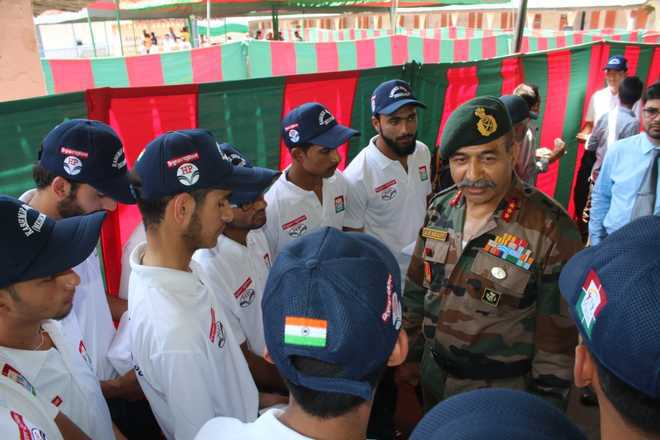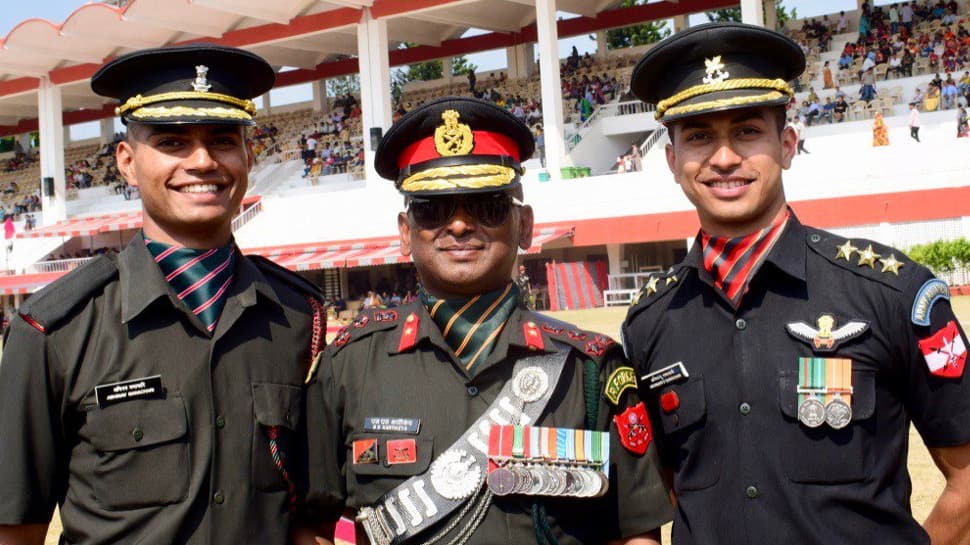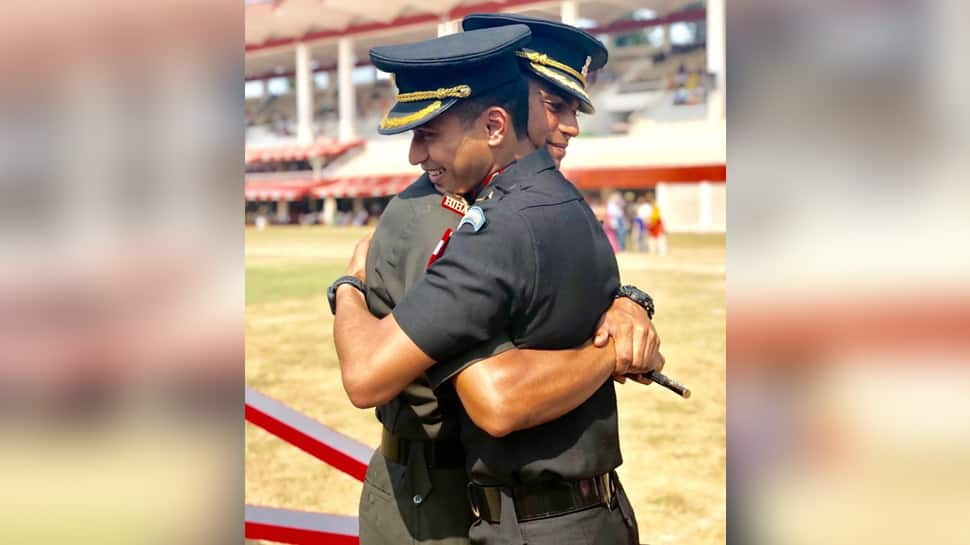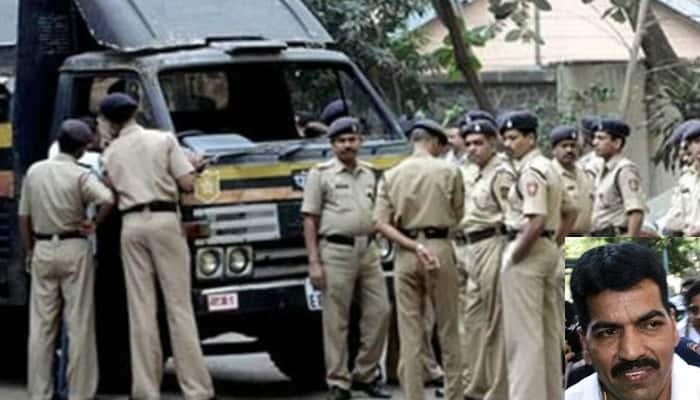STEP-BY-STEP GUIDE
The government may extend the deadline to file returns, but it is better not to wait till the last minute. A breakdown of all you need to know.
MUMBAI : It is the time of the year when everybody is busy filing their income tax returns (ITR). Though the current deadline to file your ITR is July 31, the government is likely to extend this owing to the delay in the release of Form 16 — a document required by salaried individuals for the process.
Usually, Form 16 is supposed to be issued by your employer by June 15. This year, the date was extended to July 10. Even if there is a change in the deadline, you still have to file your ITR. Hence, instead of waiting for the last date, you should do it right away. Did you know that you can file your ITR yourself? Usually, individuals seek help from a chartered accountant or financial advisor to do the ITR process. However, this time if you are planning to do it on your own, here is the process.
STEP 1
The first thing you need to do is collect all the relevant documents required to file your ITR. The Income Tax (I-T) department doesn’t ask you to attach any of the documents during the filing process, but you will need the documents to fill the details.
Since you have to fill your personal details, you will need your Permanent Account Number (PAN) card and Aadhaar card. You will also need Form 16, Form 16A, details of dividends, long-term and short-term capital gains statements, interest statement of your bank account and any other income-related documents. Since you also have to cross-check details of taxes paid earlier, you will require your TDS certificate and 26AS. Additionally, you must keep your bank IFSC code and other account details handy as you will have to mention your bank account details. If you have made tax saving investments and expenses, such as insurance premiums, home and education loans, and donations, you need to keep the proofs ready.
STEP 2
After you have collected all the necessary documents, check for the right ITR forms. Currently, the I-T department provides seven ITR forms. You have to pick the relevant one. The form varies based on the source of your income and if you use the wrong form to file your ITR, it will be considered invalid. Individuals can use ITR-1, ITR-2, ITR-3 and ITR-4.
ITR-1 is the most basic form to file your returns. It is meant for individuals who have income from salary, income from one house and income from other sources such as lottery and horse race. Also remember that the income should not exceed ₹50 lakh.
ITR-2 will be relevant to you if you have income from a business, capital gains income, income from more than one house property, and other incomes. Considering that the tax department has now made it mandatory to provide additional details, you will need to have your documents handy for it.
The ITR-3 form is for individual businessmen and professionals. If you are filing ITR under Presumptive Taxation Scheme (PTS), you can use the ITR-4 form.
“If you are looking to file ITR-1 and ITR-4 then you can do it without taking help from anyone. You just need to have some knowledge of the taxation and ability to operate the website. However, if you have to file ITR-2 or ITR-3, then it is suggested that you take the help of a chartered accountant or tax return preparer (TRP) as these are more complex,” said Naveen Wadhwa, deputy general manager, Taxmann.com, a tax service provider.
STEP 3
Once you know which ITR form to choose and have your documents ready, visit the income tax department website: www.incometaxefiling.gov.in. Once you login in, you can start filing your returns. You will get a pre-filled form with details of taxes paid and income in the financial year. Make sure to go through the details of the form and cross check for any errors. In case there is a mismatch, you can make the change. Once you have filled it, you can submit it and e-verify it.





















































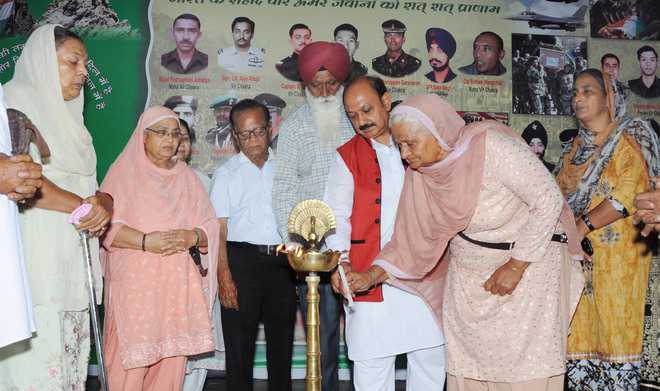
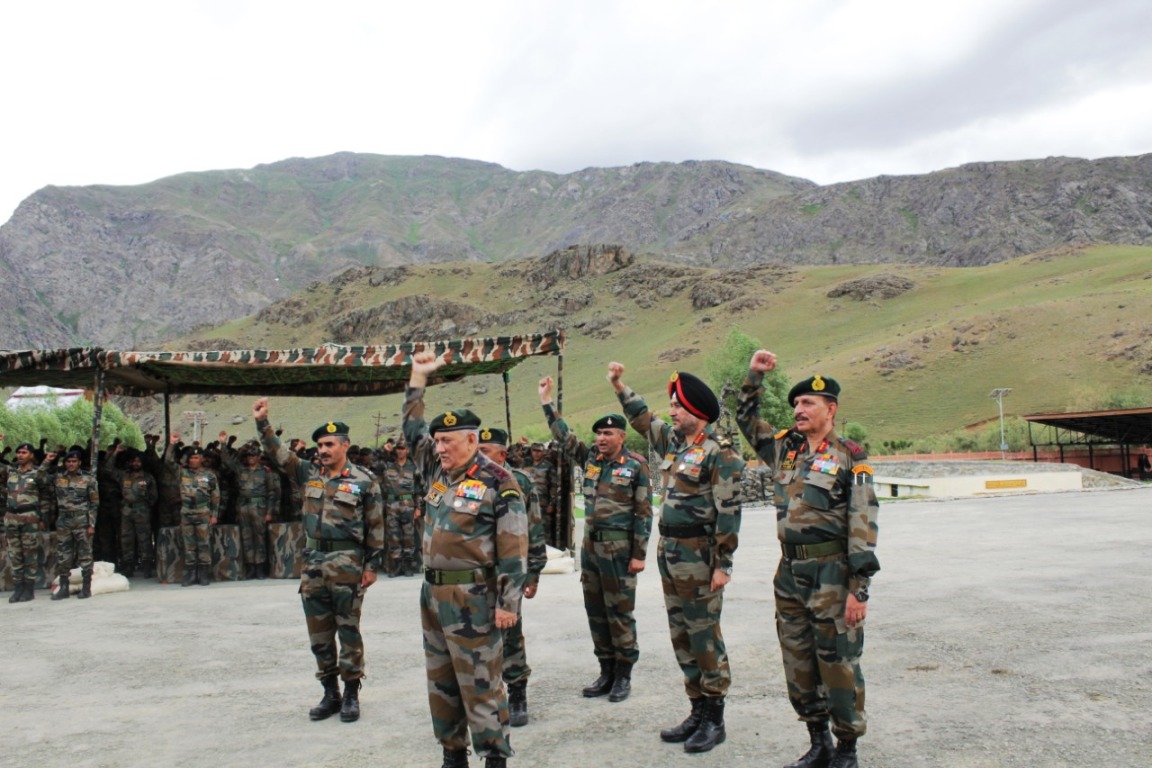

![Classification Of Pensioners By Providing Cut-Off Date For The Purpose Of Grant Of Revised Pension Unconstitutional: SC [Read Judgment]](https://www.livelaw.in/h-upload/2019/07/02/361863-justice-mr-shah-and-justice-as-bopanna.jpg)
